Sewing enthusiasts often want to create unique garments that reflect their style. While using commercial sewing patterns is convenient, making your designs can unlock a world of creativity and customization. In this ultimate DIY guide, we’ll explore the benefits of creating your sewing patterns and answer the query “how to make patterns for sewing.”
Creating sewing patterns involves measuring, drafting, and adjusting to achieve personalized, well-fitting garments. Understanding measurements, choosing drafting methods, and avoiding common errors are vital. Advanced techniques like draping and pattern software enhance versatility. With practice, pattern-making empowers sewists to express their style and create unique, custom clothing.
Reading the “How to Make Patterns for Sewing: Ultimate DIY Guide” article provides essential knowledge for those interested in sewing and pattern making. It offers insights into creating customized, well-fitting garments, avoiding common mistakes, and exploring advanced techniques. This guide empowers readers to enhance their sewing skills and creativity.
See Also: How to Shorten a Dress Without Sewing: Quick & Easy Guide
How to make patterns for sewing: Advantages of Custom Patterns
Take a look.
Limitless Imagination:
Making your sewing patterns permits you to rejuvenate your innovative thoughts without being restricted by pre-planned designs. You can configure pieces of clothing that are genuinely exceptional.
Wonderful Fit:
Custom patterns empower you to accomplish an ideal fit.  You can fit pieces of clothing to your body’s novel shape and size, guaranteeing solace and certainty while wearing your manifestations. You can also Check out how to Make Your Own Sewing Patterns.
You can fit pieces of clothing to your body’s novel shape and size, guaranteeing solace and certainty while wearing your manifestations. You can also Check out how to Make Your Own Sewing Patterns.
Financially savvy:
While business patterns can be costly, making your designs can be practical over the long haul. You can reuse patterns for various tasks and avoid the typical cost of purchasing behaviors.
You can reuse patterns for various tasks and avoid the typical cost of purchasing behaviors.
Natural Effect:
By making your patterns, you lessen your dependence on expendable business patterns, adding to a more manageable way to deal with sewing.
See Also: How To Hem Pants Without A Sewing Machine: A DIY Guide
Opportunity for growth:
Pattern making is a significant expertise to gain.  It extends how you might interpret a piece of clothing development and assists you with turning into a more talented and flexible sewist.
It extends how you might interpret a piece of clothing development and assists you with turning into a more talented and flexible sewist.
How to make patterns for sewing: Personalization and Fit
Take a look.
- Custom-made to Your Body: Custom patterns permit you to make pieces of clothing that fit your body type impeccably. You can change the design to oblige explicit estimations and inclinations.
- Style Decisions: With your patterns, you can try various plan components, like neck areas, sleeves, and lengths, to make clothing that matches your style and vision.
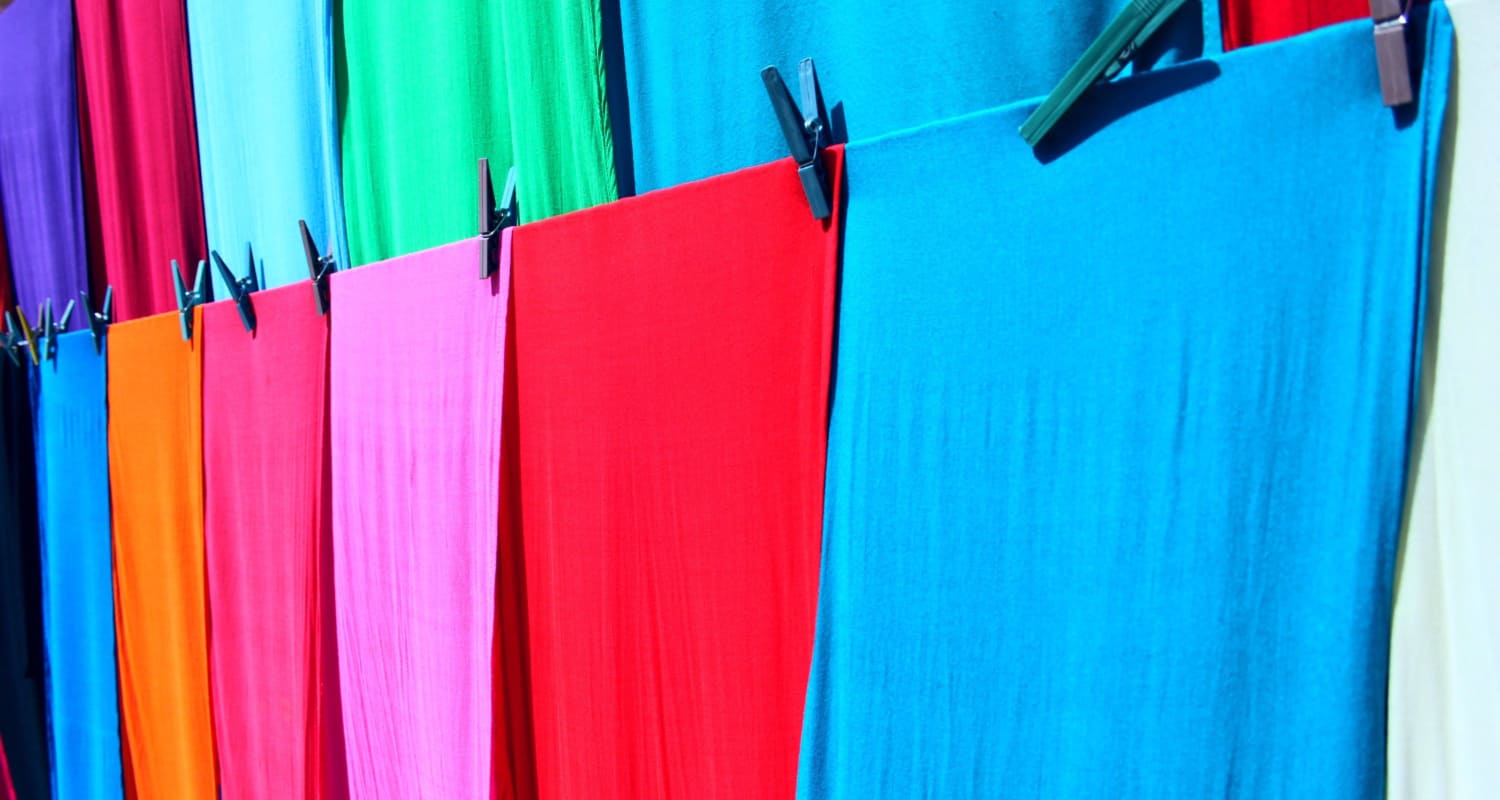
- Texture Determination: You can pick any texture, whether rich silk, a comfortable weave, or an intense print. Custom patterns oblige your texture decisions.
- Novel Closet: Building a closet from patterns you’ve made implies having an assortment of clothing that mirrors your character and taste. You won’t track down these pieces in any store.
See Also: What Is A Nap In Sewing? Understanding Sewing Terminology
Fundamental Apparatuses for Pattern Making
Take a look.
Pattern Paper:
This vast, slim Paper is the establishment for making your patterns. It’s sturdy yet simple to cut and follow.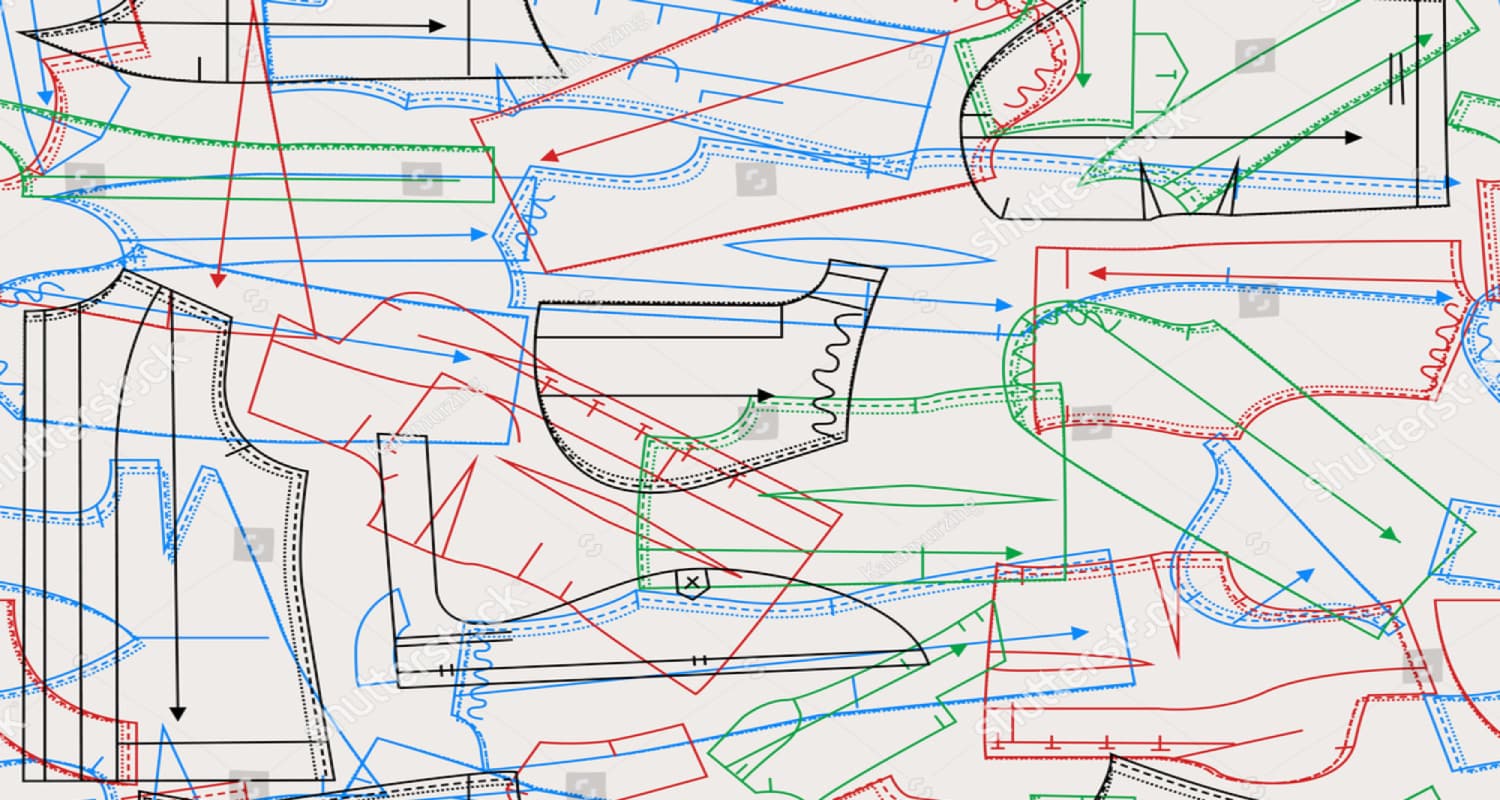 The pattern paper is accessible in different widths and comes on rolls for comfort.
The pattern paper is accessible in different widths and comes on rolls for comfort.
Pencils and Checking Devices:
Great-quality pencils, pens, and markers are fundamental for drawing and denoting your pattern pieces. Utilize various varieties to recognize pattern lines, indents, and crease remittances.
Rulers and Estimating Instruments: A bunch of clear rulers, an adaptable bend ruler, and an estimating tape are vital for precise pattern drafting. They assist you with making straight line bends and take exact estimations. If you wanna know how to Set Up A Sewing Machine, Check out this.
French Bend:
A French bend is a ruler intended to draw smooth, bent lines.  It’s fundamental while making armholes, neck areas, and other bent subtleties.
It’s fundamental while making armholes, neck areas, and other bent subtleties.
Pattern Loads or Pins:
Pattern loads help hold down your pattern paper while following or cutting. 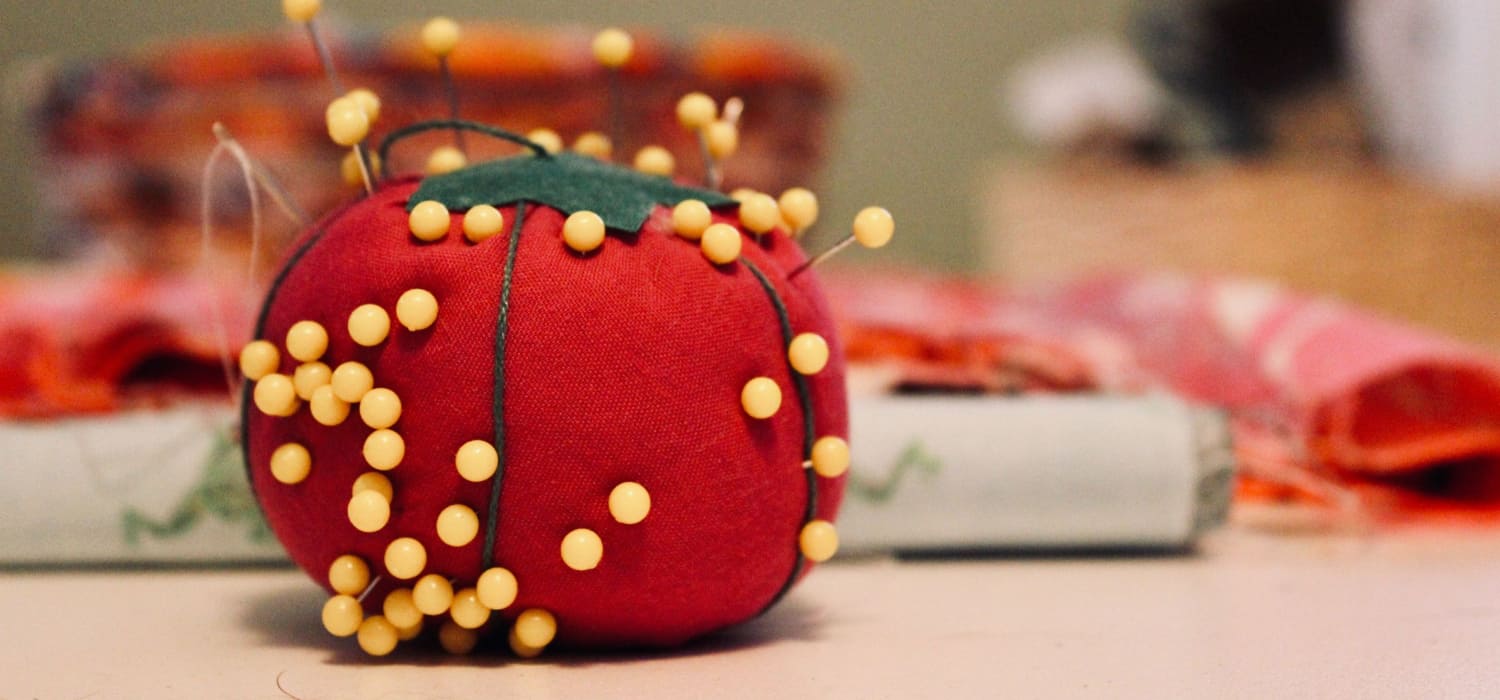 On the other hand, you can utilize pins to tie down the Paper to your texture. If you wanna know how to Read A Sewing Pattern, Check out this.
On the other hand, you can utilize pins to tie down the Paper to your texture. If you wanna know how to Read A Sewing Pattern, Check out this.
Scissors and Turning Shaper:
Sharp texture scissors and a rotating shaper with a cutting mat are essential for removing your texture pieces precisely.  Save a different set of scissors for slicing Paper to try not to dull your texture scissors.
Save a different set of scissors for slicing Paper to try not to dull your texture scissors.
Following Haggle Paper:
These apparatuses move pattern markings and lines onto your texture. 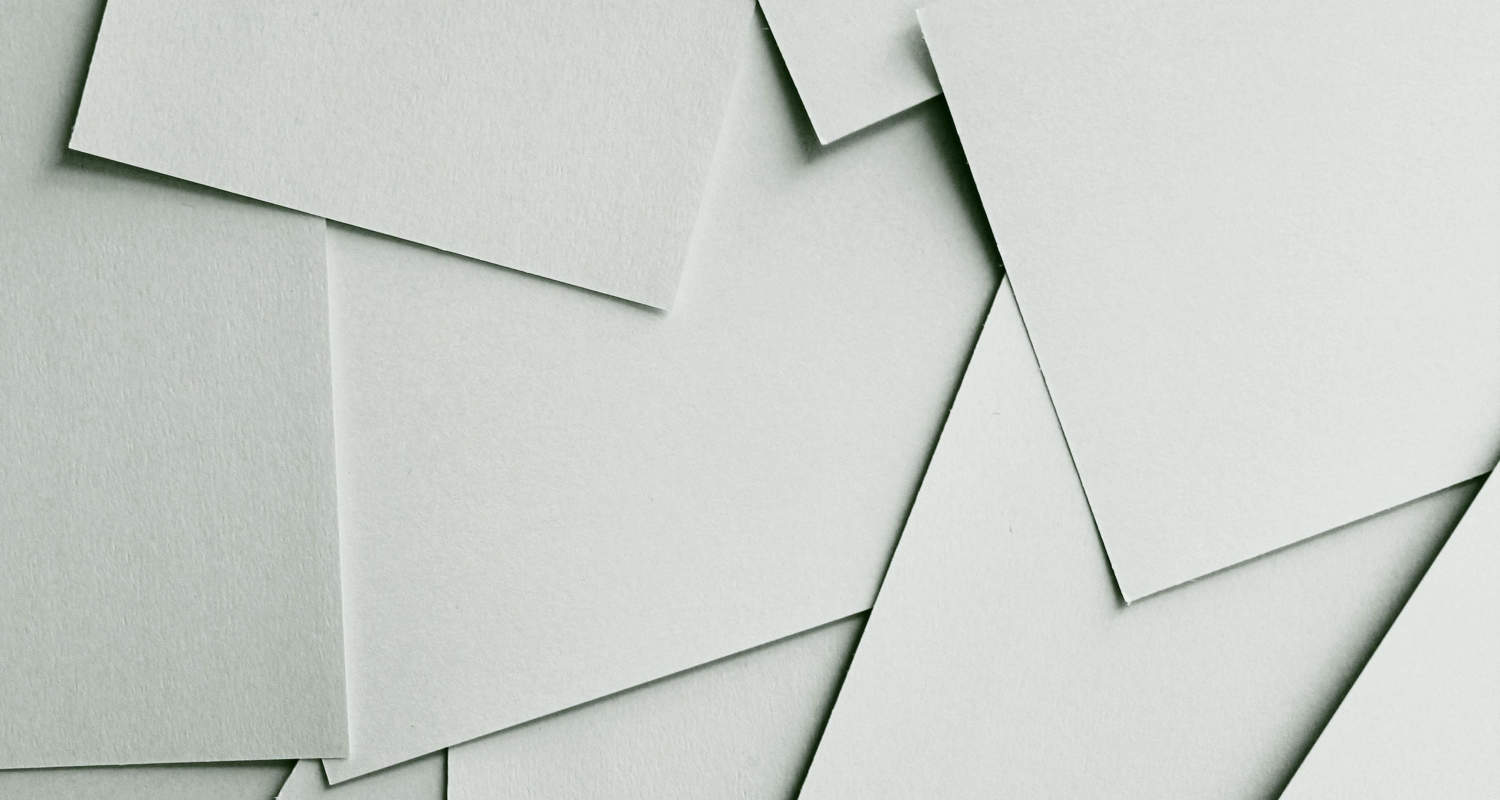 Place carbon paper between your pattern and texture, then utilize the following wheel to move the plan.
Place carbon paper between your pattern and texture, then utilize the following wheel to move the plan.
Clear Plastic Rulers:
Straightforward rulers with network lines help you adjust and gauge precisely. 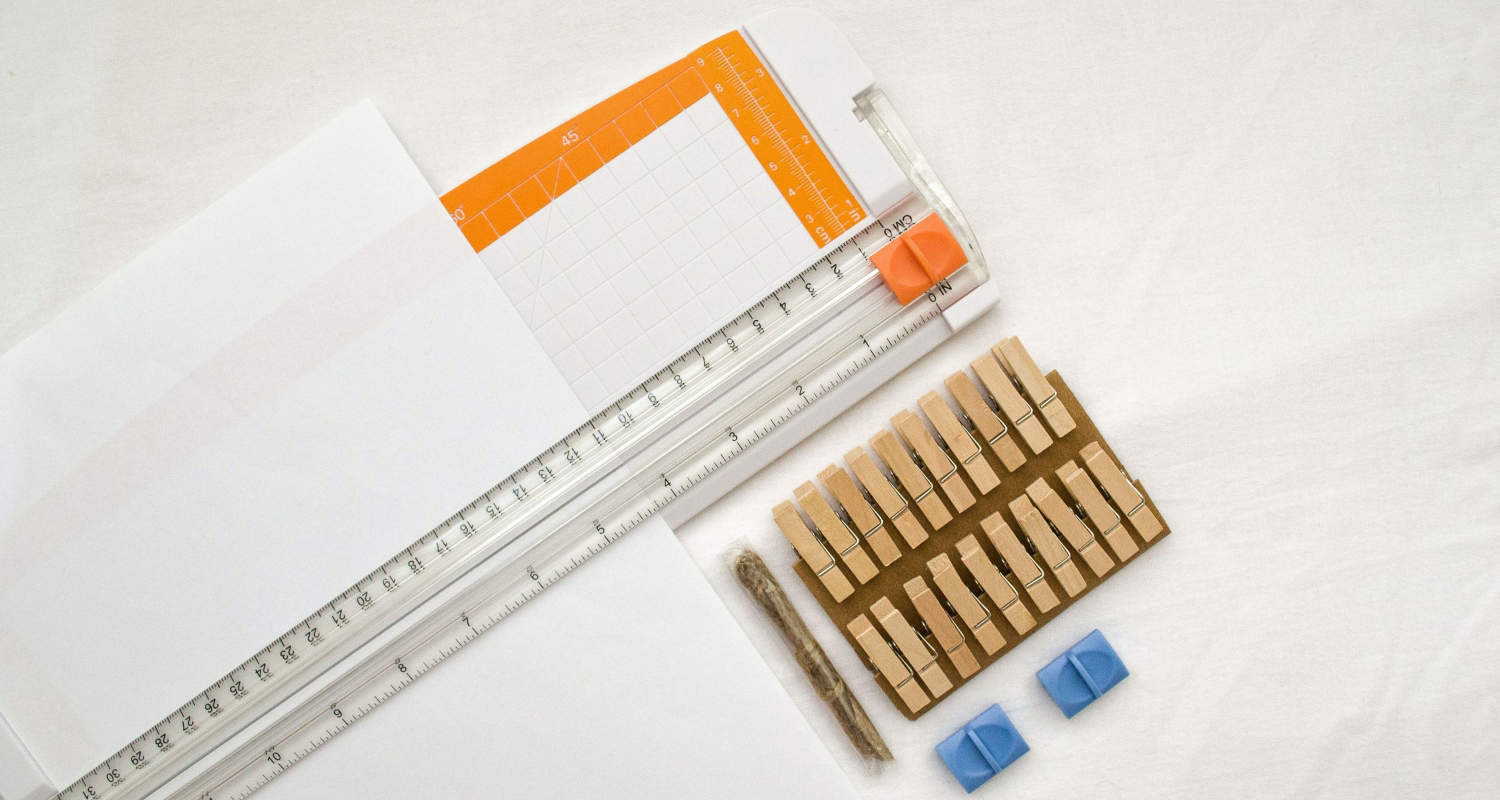 They are accommodating while moving darts, creases, or other plan subtleties.
They are accommodating while moving darts, creases, or other plan subtleties.
Pattern Notcher:
A pattern notcher makes little scores along the pattern’s edges to assist you with adjusting texture pieces precisely during sewing. 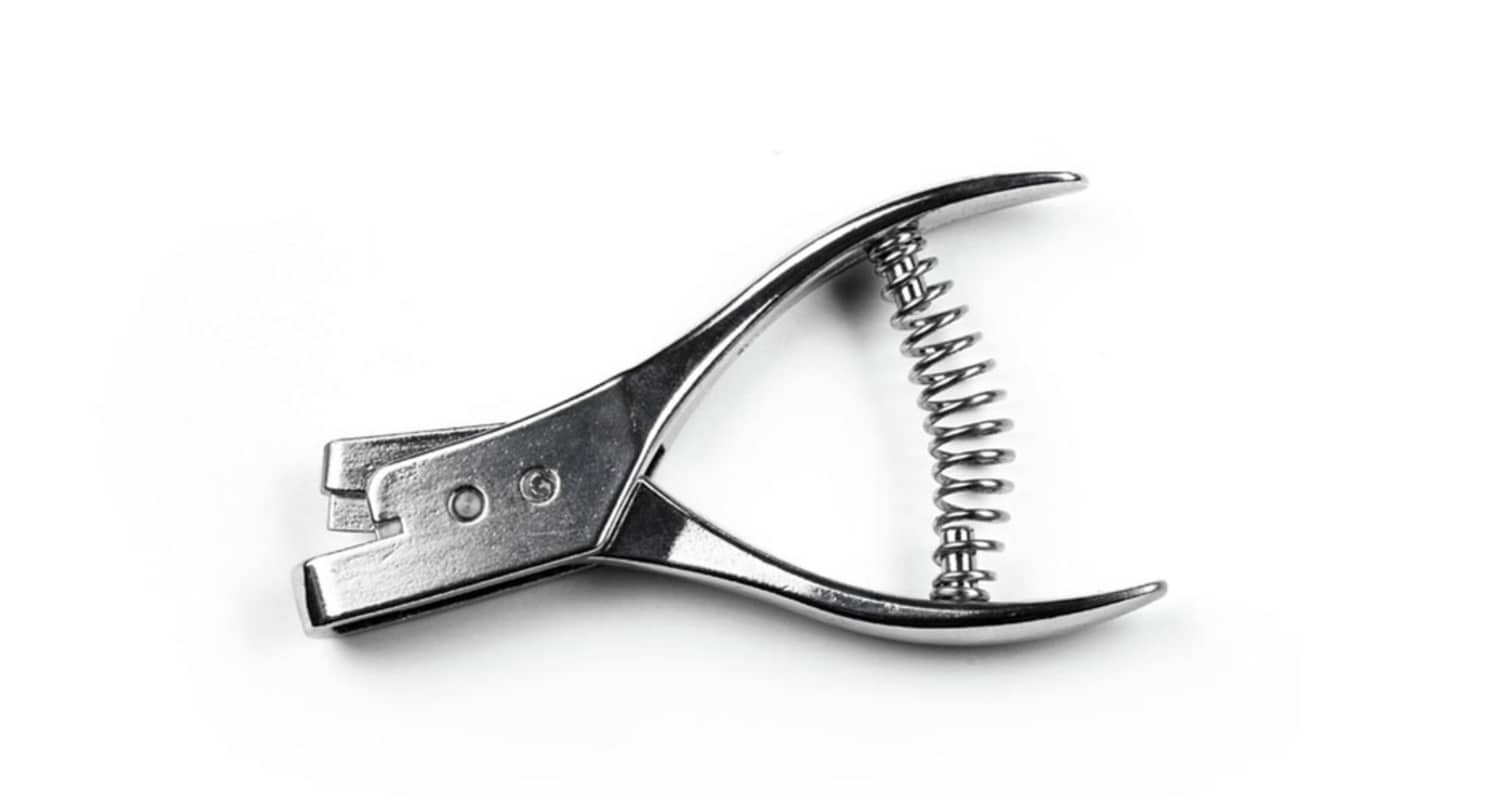 It’s beneficial for matching creases.
It’s beneficial for matching creases.
Pattern Drafting Programming (Discretionary):
Pattern drafting programming can smooth the interaction for people inclined toward a computerized approach. 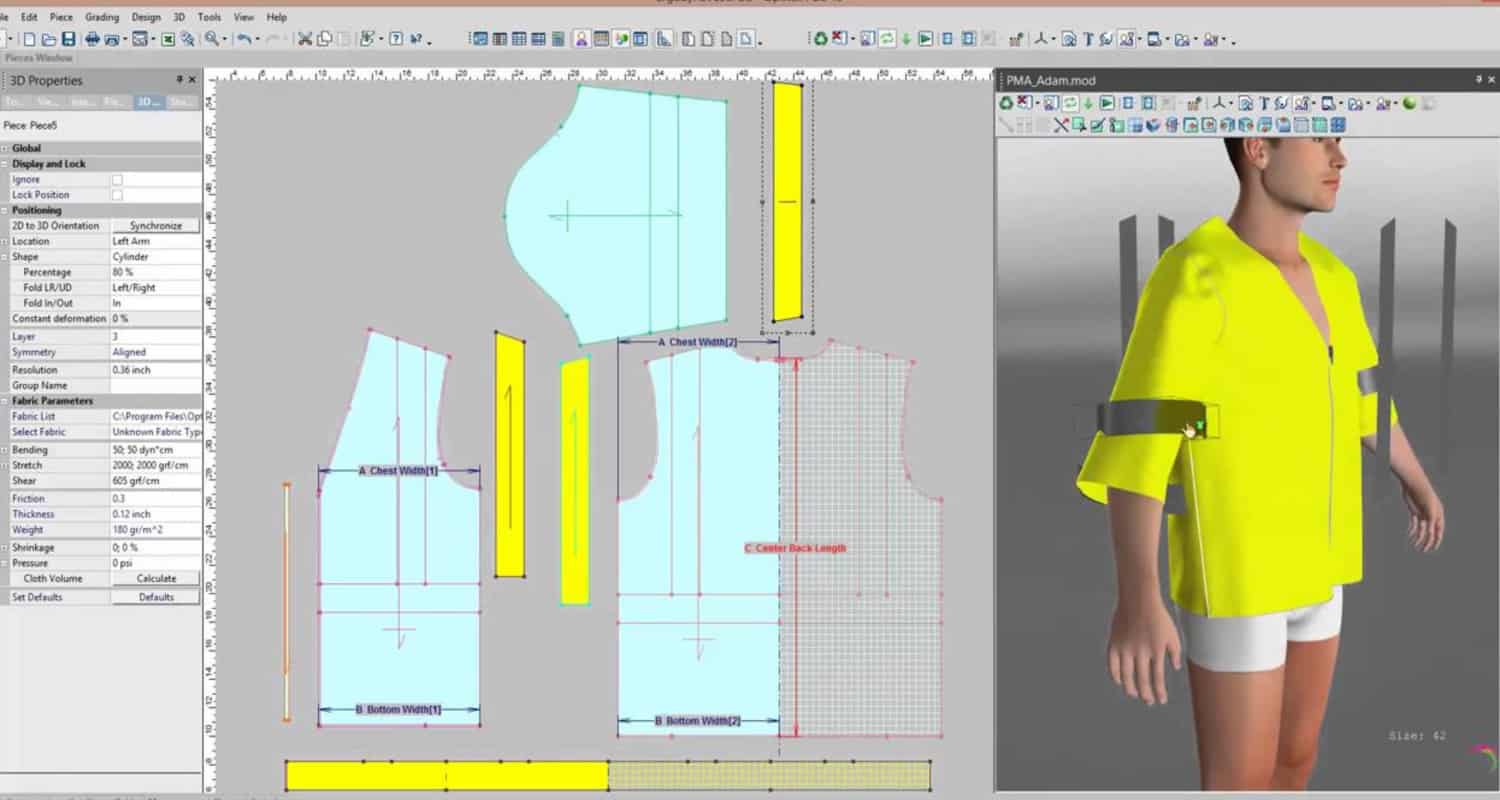 These projects permit you to make, alter, and print patterns accurately.
These projects permit you to make, alter, and print patterns accurately.
Pattern Making Books and Assets:
Put resources into pattern-making books or online courses to gain proficiency with the procedures and standards of pattern drafting. These assets give important direction and motivation.
These assets give important direction and motivation.
Life-sized model or Dress Structure:
While not fundamental, a dress structure that matches your body estimations can be extraordinarily useful for fitting and hanging your custom patterns. 
Since you have an extensive rundown of fundamental pattern-making devices, you’re exceptional to set out on your excursion of making customized sewing patterns. Recollect that training and persistence are critical to dominating this expertise. With devotion, you can plan and sew pieces of clothing that genuinely exhibit your singular style and fit like a fantasy. Blissful pattern-making!
Understanding the Fundamentals of Pattern Drafting
Making your sewing patterns is an exciting excursion into the universe of specially crafted articles of clothing. To prevail in this undertaking, it’s critical to comprehend the nuts and bolts of pattern drafting. In this aide, we’ll dive into the significance of estimations and investigate the decision between drafting level patterns and hanging. Also, we’ll frame the fundamental stages of making your sewing patterns.
Significance of Estimations
Exact estimations are the underpinning of effective pattern drafting.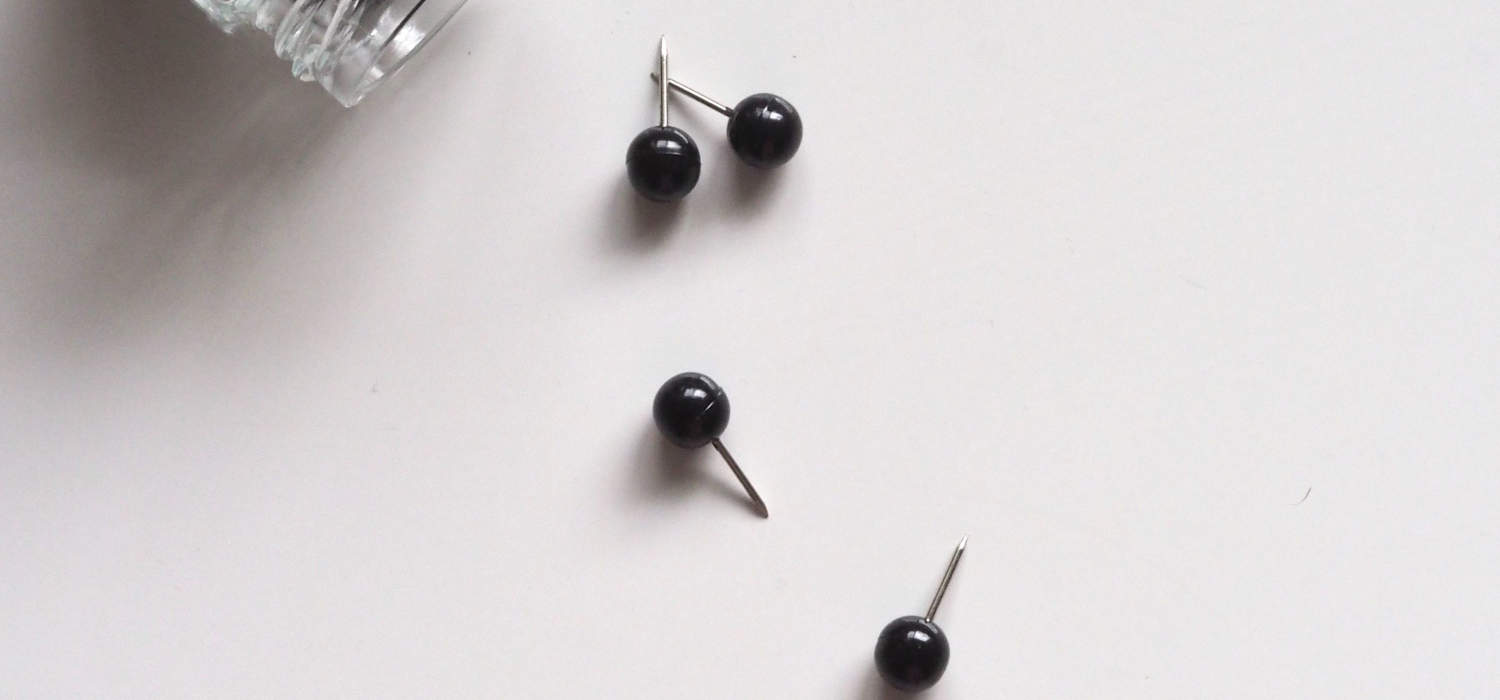 They act as your guide for making articles of clothing that fit flawlessly. Here’s the reason estimations are so indispensable:
They act as your guide for making articles of clothing that fit flawlessly. Here’s the reason estimations are so indispensable:
Exclusively Fit:
Each body is extraordinary, and taking exact estimations guarantees that your pieces of clothing will impeccably accommodate your body shape and size. 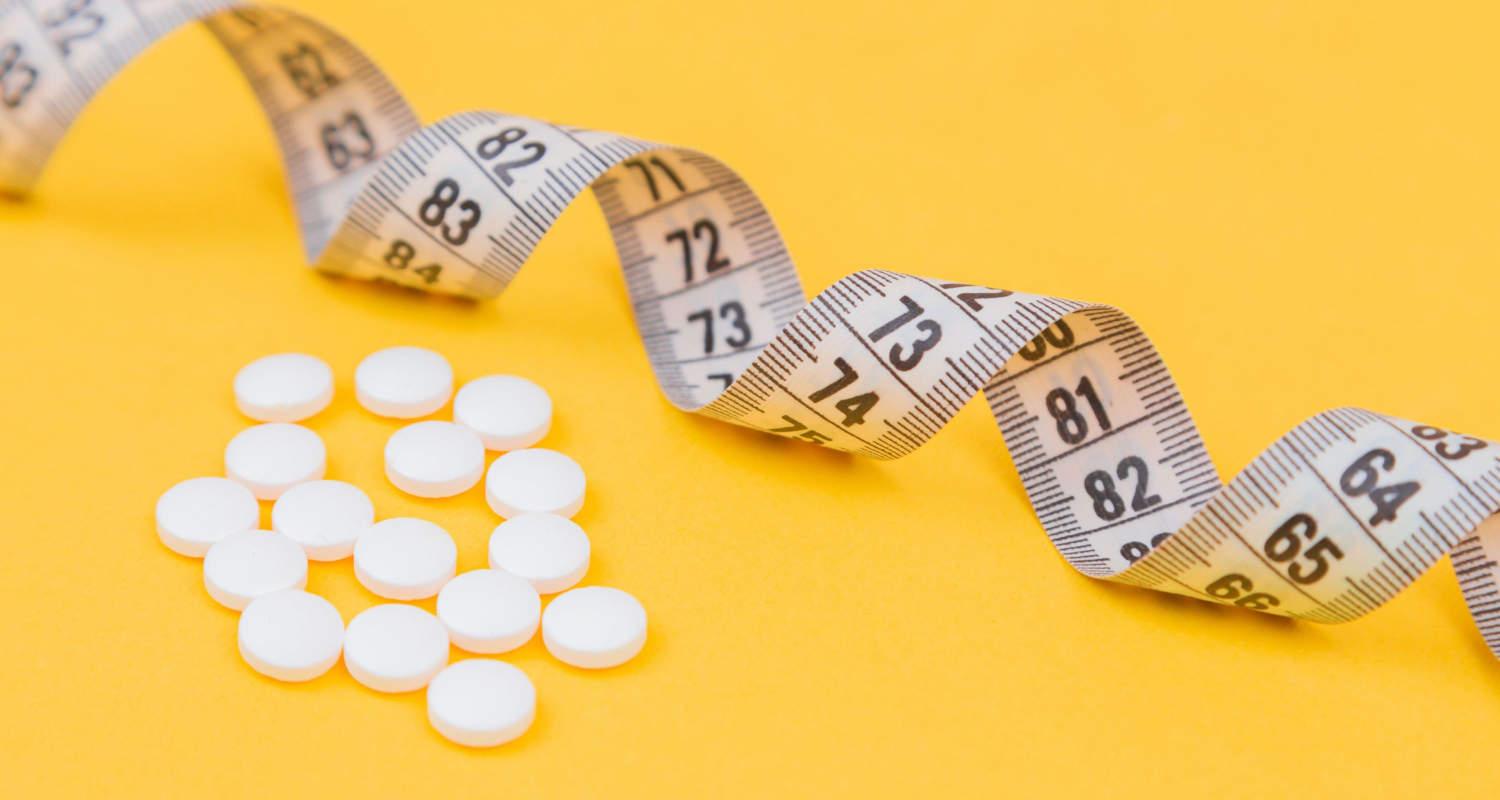 This is particularly significant for accomplishing solace and a complimenting appearance. See Also: How Does A Sewing Machine Work? A Detailed Explanation
This is particularly significant for accomplishing solace and a complimenting appearance. See Also: How Does A Sewing Machine Work? A Detailed Explanation
Style and Plan:
Estimations guide you in making patterns that mirror your ideal style.  Whether you need a custom-made or loosened-up fit, estimations assist you with accomplishing the look you imagine.
Whether you need a custom-made or loosened-up fit, estimations assist you with accomplishing the look you imagine.
Pattern Changes:
When you draft patterns, you’ll frequently have to make acclimations to oblige varieties in your body shape.  Exact estimations make it simpler to recognize and address these changes.
Exact estimations make it simpler to recognize and address these changes.
Productivity:
Careful estimations can save you time and texture over the long haul. 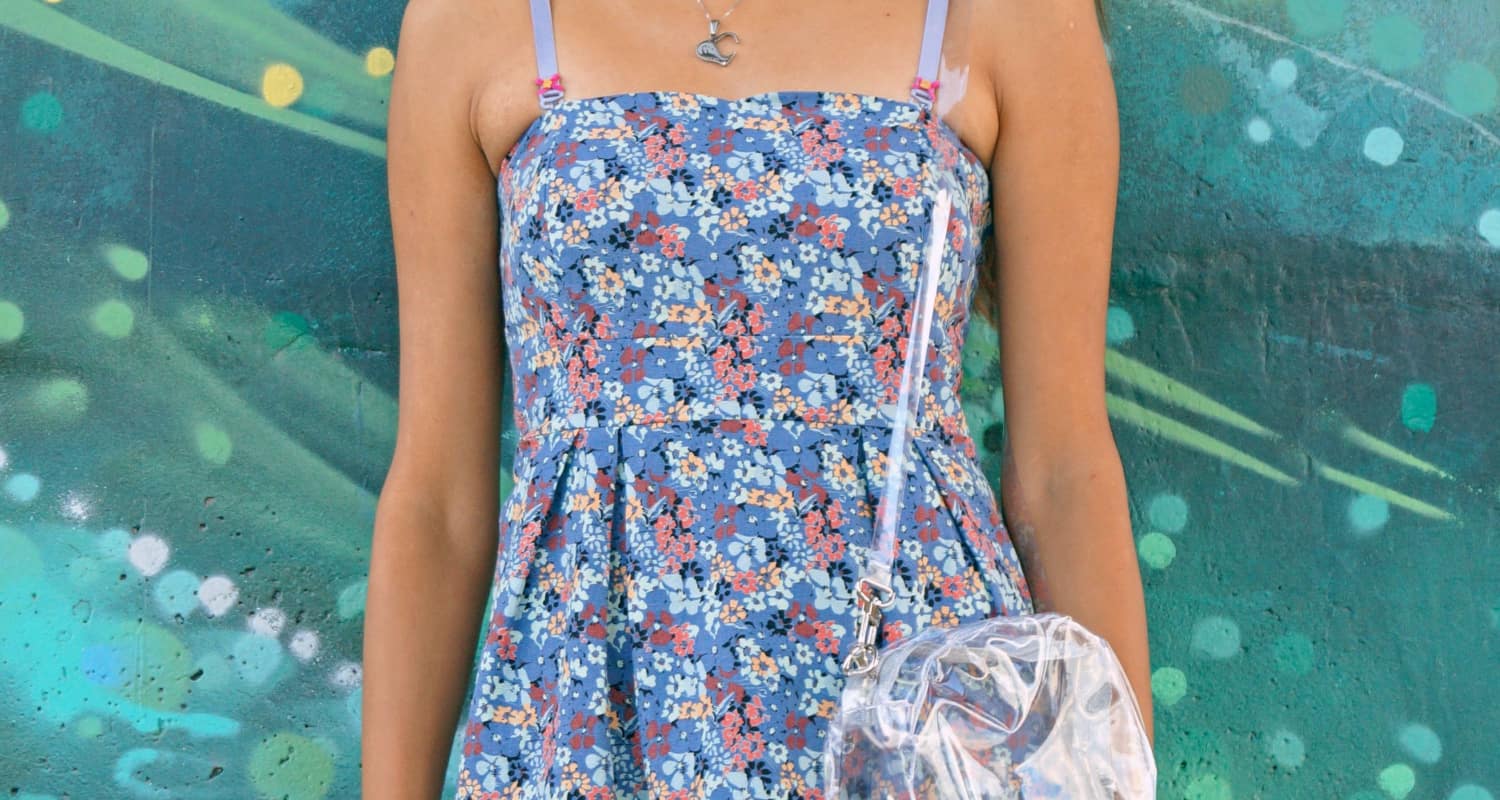 It limits the requirement for modifications and experimentation changes during sewing.
It limits the requirement for modifications and experimentation changes during sewing.
Consistency:
Assuming that you intend to make numerous articles of clothing with comparable fits, precise estimations guarantee consistency across your patterns.
Drafting Level patterns versus Hanging
Two essential techniques for making sewing patterns are level pattern drafting and Hanging. Each approach has its benefits, and the decision between them relies upon your inclination and the intricacy of your venture.
Level pattern Drafting
Level pattern drafting includes making patterns on Paper utilizing your estimations and various drafting instruments. 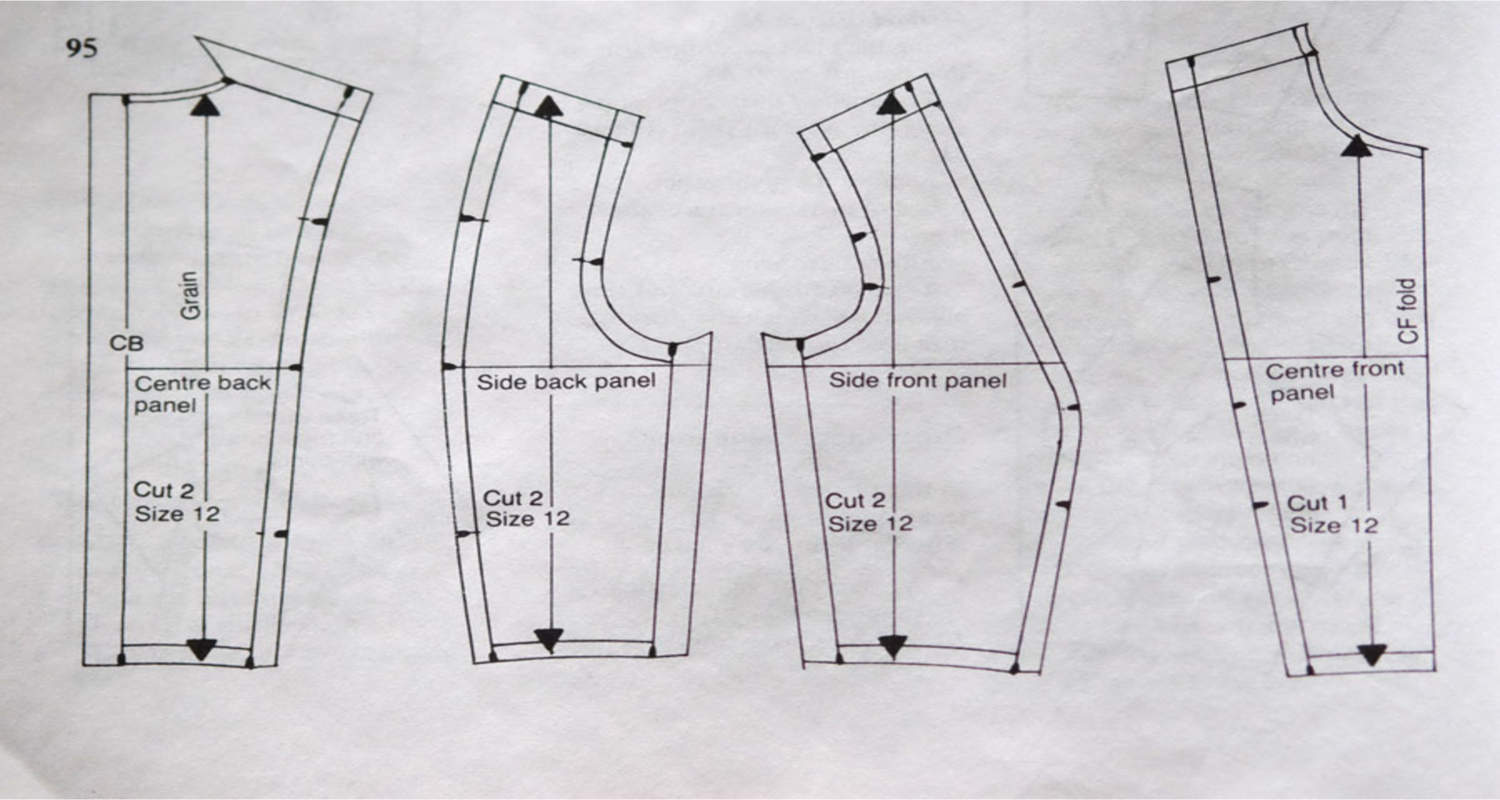 This strategy is favorable for the following reasons:
This strategy is favorable for the following reasons:
- Accuracy: Level pattern drafting considers exact command overestimations and configuration subtleties. It makes patterns with straight lines, points, and plans.
- Repeatability: Whenever you’ve made a level pattern, you can imitate it, however often, depending on the situation, with steady outcomes.
- Customization: You can configure patterns without any preparation, making it reasonable for one-of-a-kind and complex plans.
Hanging
Hanging includes controlling texture straightforwardly on a dress structure or life-sized model to make a pattern. 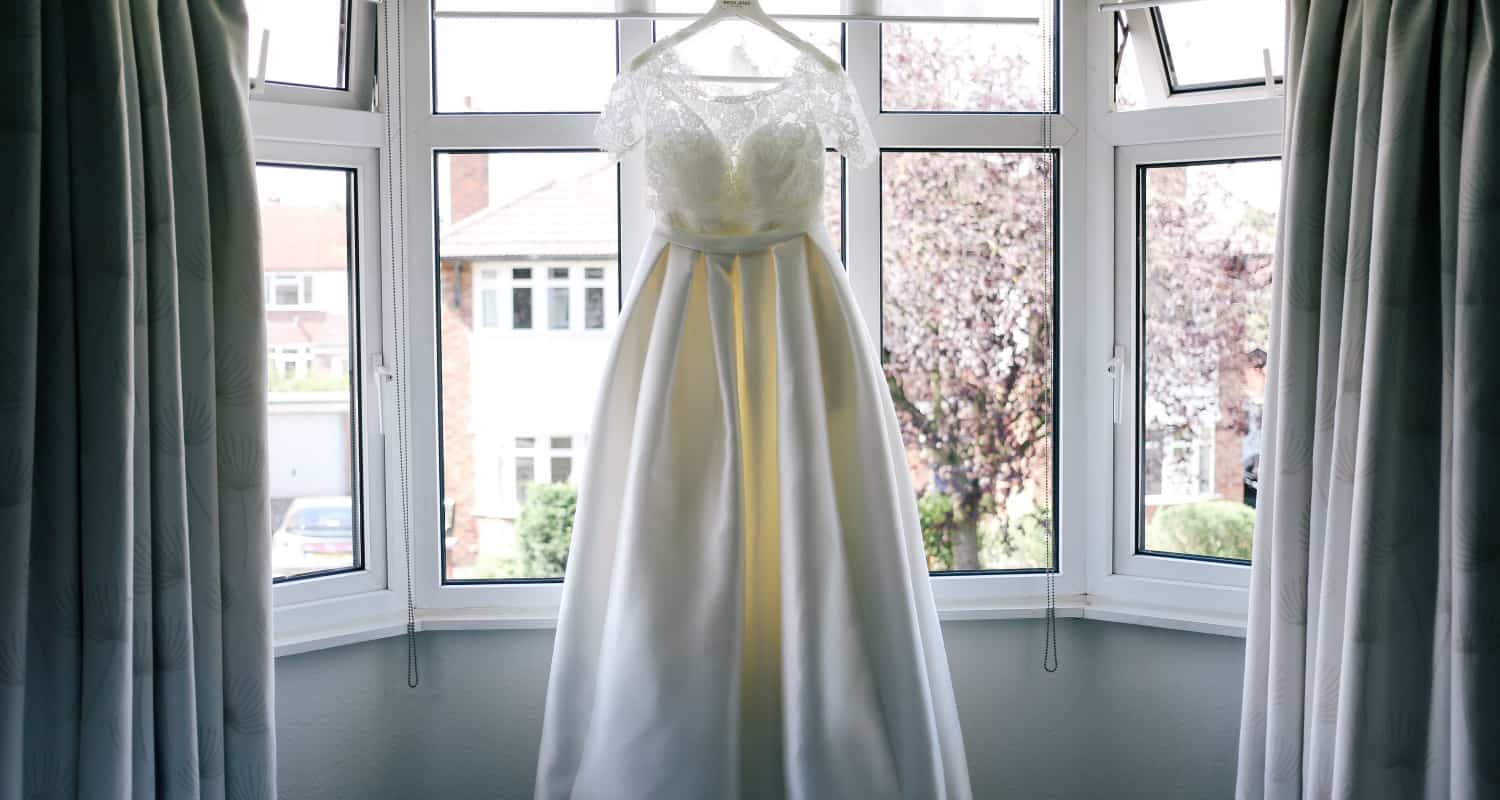 This strategy is especially advantageous for the following reasons:
This strategy is especially advantageous for the following reasons:
- Reasonable Fit: Hanging permits you to progressively imagine and accomplish a piece of clothing’s fit, making it more straightforward to resolve fitting issues as you work.
- Complex Curtains: For plans that include mind-boggling folds, accumulations, or imbalances, Hanging gives a more intuitive and adaptable methodology.
- Inventive Investigation: Hanging can be an exploratory cycle, permitting you to explore different avenues regarding planning thoughts and making changes on the spot.
The decision between level pattern drafting and Hanging relies upon your solace level, the intricacy of your plan, and your inclinations. Many experienced pattern producers blend the two techniques to accomplish the best outcomes.
Moves toward Make Your Sewing patterns
Now that you comprehend the significance of estimations and the decision between drafting techniques, how about we frame the fundamental stages to make your sewing patterns:
Taking Precise Body Estimations
Start by taking intensive and exact estimations of your body. Essential assessments incorporate bust, abdomen, hips, inseam, and shoulder width, and that’s just the beginning, contingent upon the article of clothing type. 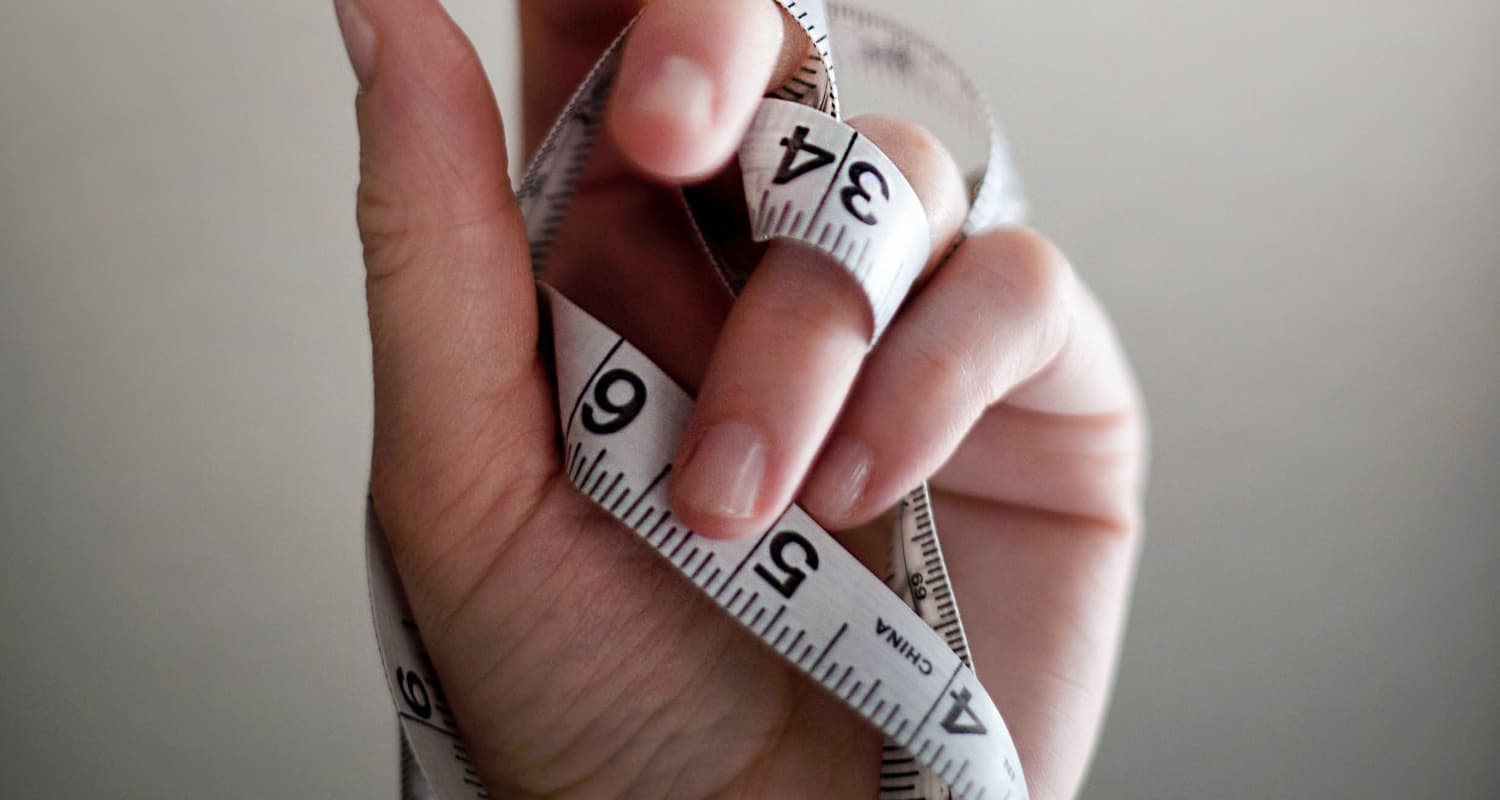 Utilize an adaptable estimating tape and follow an estimation manual to guarantee consistency.
Utilize an adaptable estimating tape and follow an estimation manual to guarantee consistency.
Drafting the Fundamental Bodice/Skirt/Pant Block
A fundamental block fills in as the establishment for your patterns. It’s a basic, fitted format you can change to make various plans.  Consider your estimations by drafting a fundamental bodice, skirt, or pant block. You can find block layouts in pattern-making books or online assets.
Consider your estimations by drafting a fundamental bodice, skirt, or pant block. You can find block layouts in pattern-making books or online assets.
Adapting to Fit and Style
With your essential block close by, make acclimations to accomplish the ideal fit and style.  This might include adding darts, evolving neck areas, changing sleeve lengths, or making configuration subtleties like creases or assembles.
This might include adding darts, evolving neck areas, changing sleeve lengths, or making configuration subtleties like creases or assembles.
Moving the pattern to Paper
Move your pattern on muslin or another texture to pattern paper whenever you’ve idealized it. 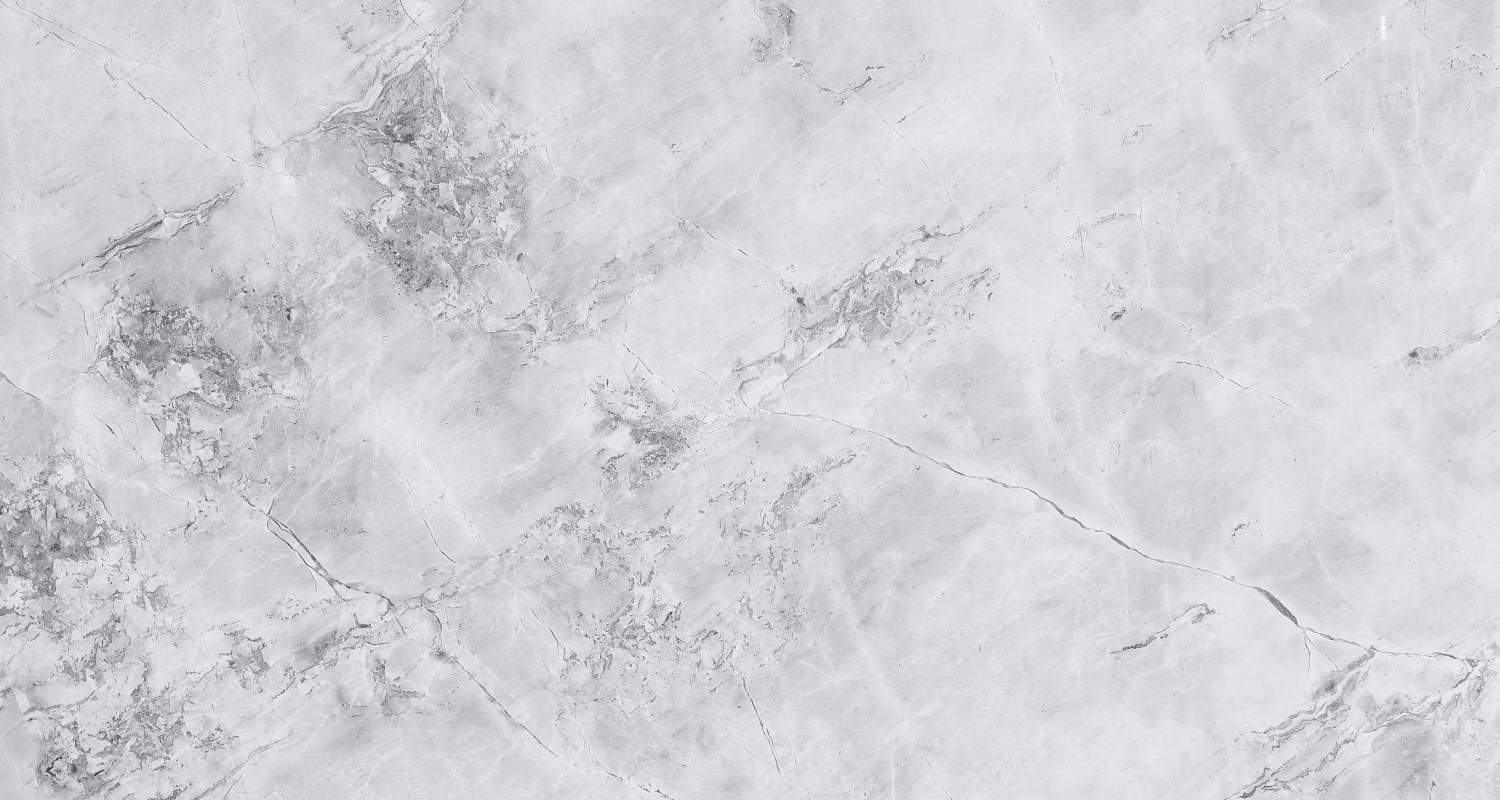 Use the following Paper or carbon paper to follow the plan precisely. Guarantee all lines and markings are clear and
Use the following Paper or carbon paper to follow the plan precisely. Guarantee all lines and markings are clear and
Adding Crease Remittances and Markings
Add crease remittances to the edges and imprint fundamental focuses like scores, grainlines, and arrangement lines for zippers or fastens to complete your pattern.  Crease recompenses normally range from 1/4 inch to 5/8 inch, contingent upon your inclination and the piece of clothing type.
Crease recompenses normally range from 1/4 inch to 5/8 inch, contingent upon your inclination and the piece of clothing type.
With your finished pattern, you’re prepared to begin cutting and sewing your cus
Normal Slip-ups in pattern Making and How to Stay away from Them
Pattern-making is an expertise that requires accuracy and carefulness. While it tends to be staggeringly fulfilling, it’s likewise inclined to avoid unexpected missteps that can bring about sick-fitting pieces of clothing or configuration defects. In this aid, we’ll investigate the most widely recognized pattern of committing errors and give tips and deception to avoid them.
Typical Errors in Pattern Making
Take a look.
Wrong Estimations
One of the most essential parts of pattern making is taking exact estimations. Incorrect estimations can prompt sick-fitting articles of clothing all along.  To stay away from this slip-up:
To stay away from this slip-up:
- Utilize an adaptable estimating tape and guarantee it’s not excessively close or too free while estimating.
- Twofold takes a look at your estimations to ensure consistency.
- Measure over the underpants you mean to wear with the completed piece of clothing for a more precise fit.
Ignoring Simplicity Stipend
Ease recompense is the additional room added to clothing to guarantee solace and portability. Failing to incorporate simplicity can bring about a tight, awkward fit. 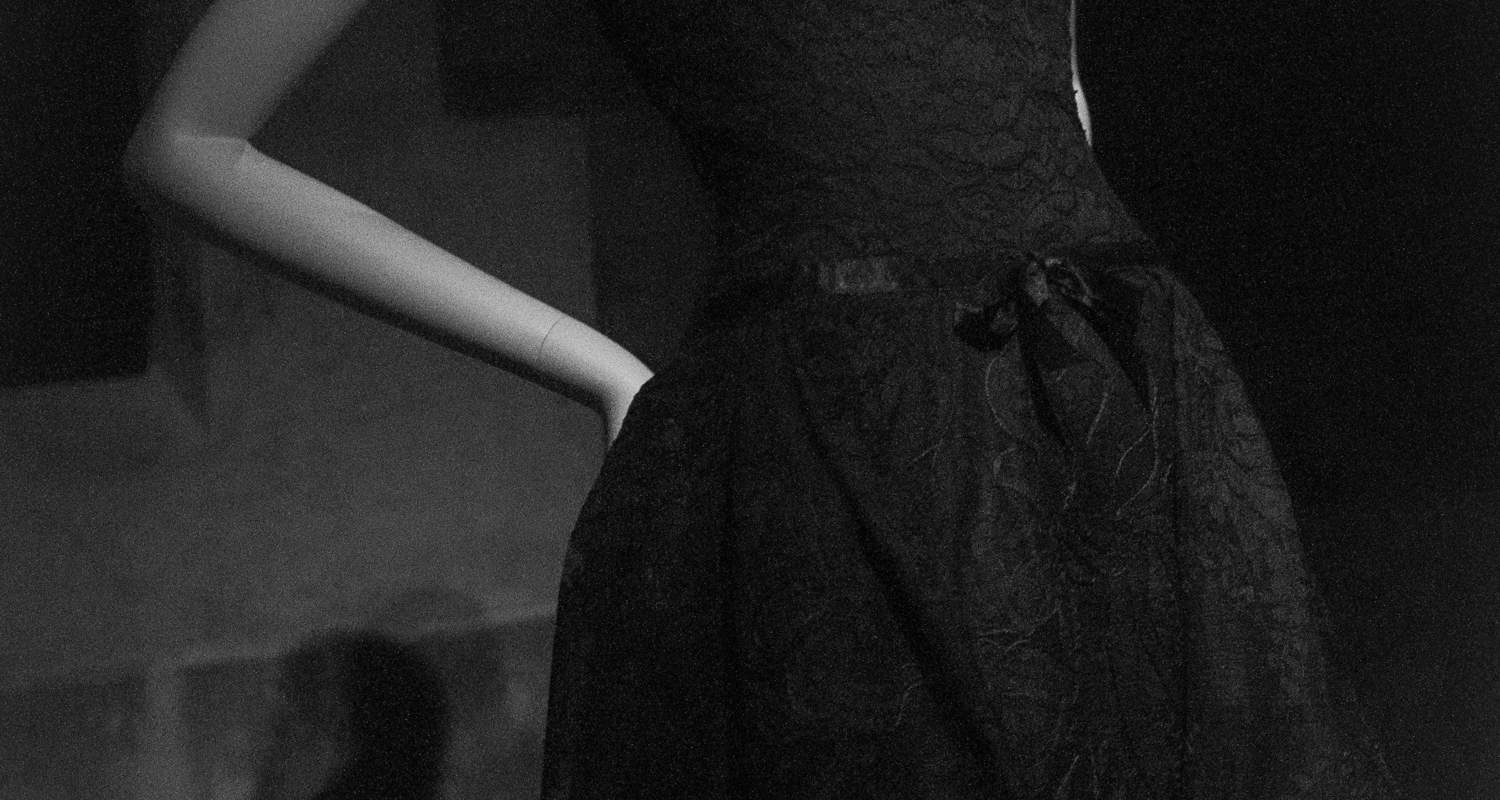 To stay away from this misstep:
To stay away from this misstep:
- Comprehend the straightforwardness required for the particular piece of clothing (e.g., ease for a fitted pullover versus a baggy coat).
- Counsel pattern-making books or assets for suggested ease of remittances.
Not Making a Toile/Muslin
A toile, a muslin, is a test piece of clothing produced using cheap texture. 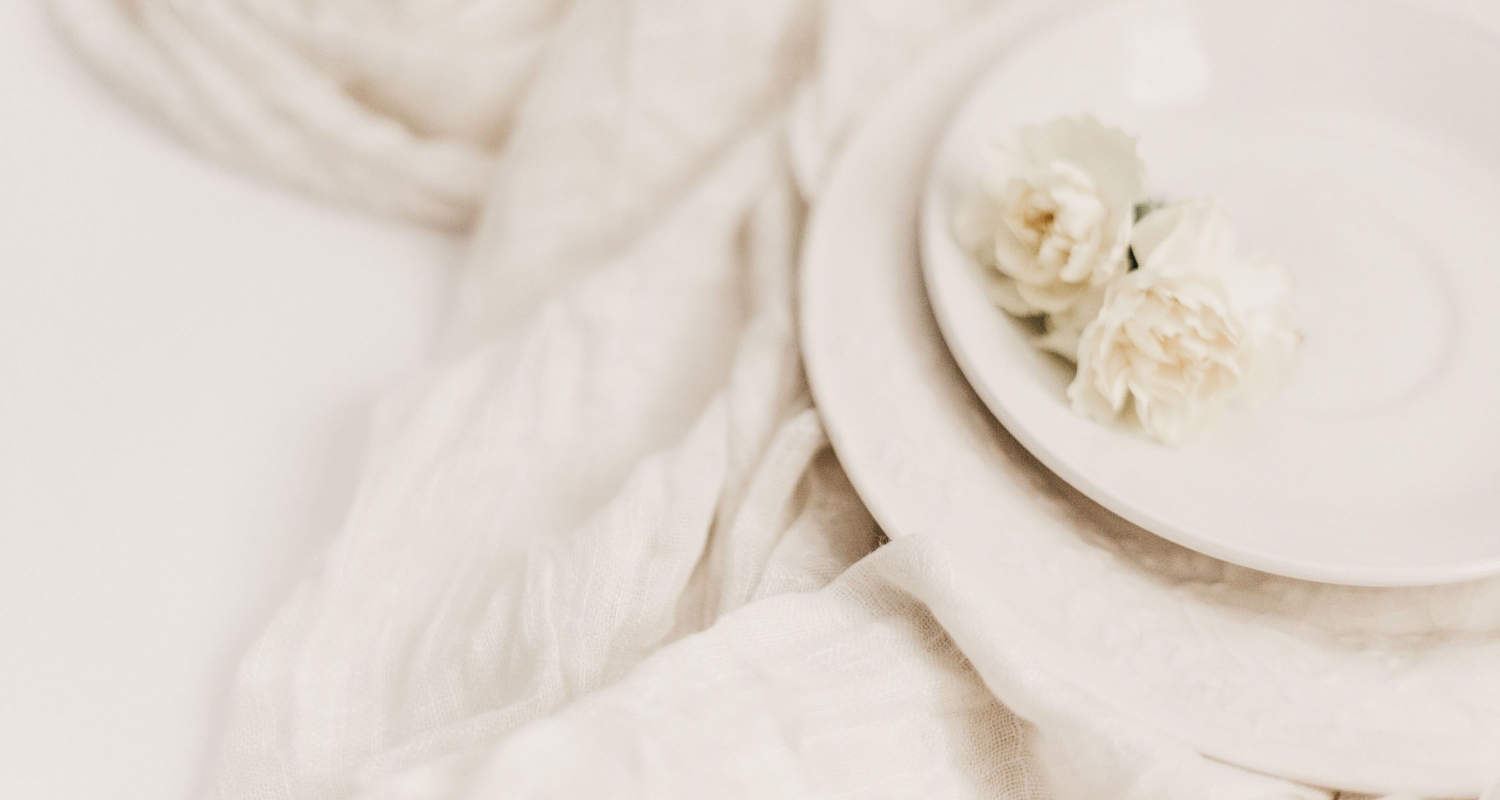 Skirting this step can prompt unexpected fitting issues in your last article of clothing. To stay away from this misstep:
Skirting this step can prompt unexpected fitting issues in your last article of clothing. To stay away from this misstep:
- Continuously make a toile before cutting into your style texture.
- Utilize a texture with comparable weight and wrap as your last texture for the toile.
- Make fitting acclimations to the toile, and continue to cut the last texture whenever you’re happy with the fit.
Neglecting Crease Recompenses
Failing to add crease remittances to your pattern pieces can prompt articles of clothing that are excessively small.  To keep away from this misstep:
To keep away from this misstep:
- Mark crease remittance lines on your pattern pieces.
- Be reliable with your picked crease recompense width (everyday decisions are 1/4 or 5/8 inch).
- Ensure to incorporate crease recompenses at all creases, including fixes and zippers.
Overlooking Grainlines
Grainlines are fundamental for guaranteeing that your article of clothing hangs and curtains accurately.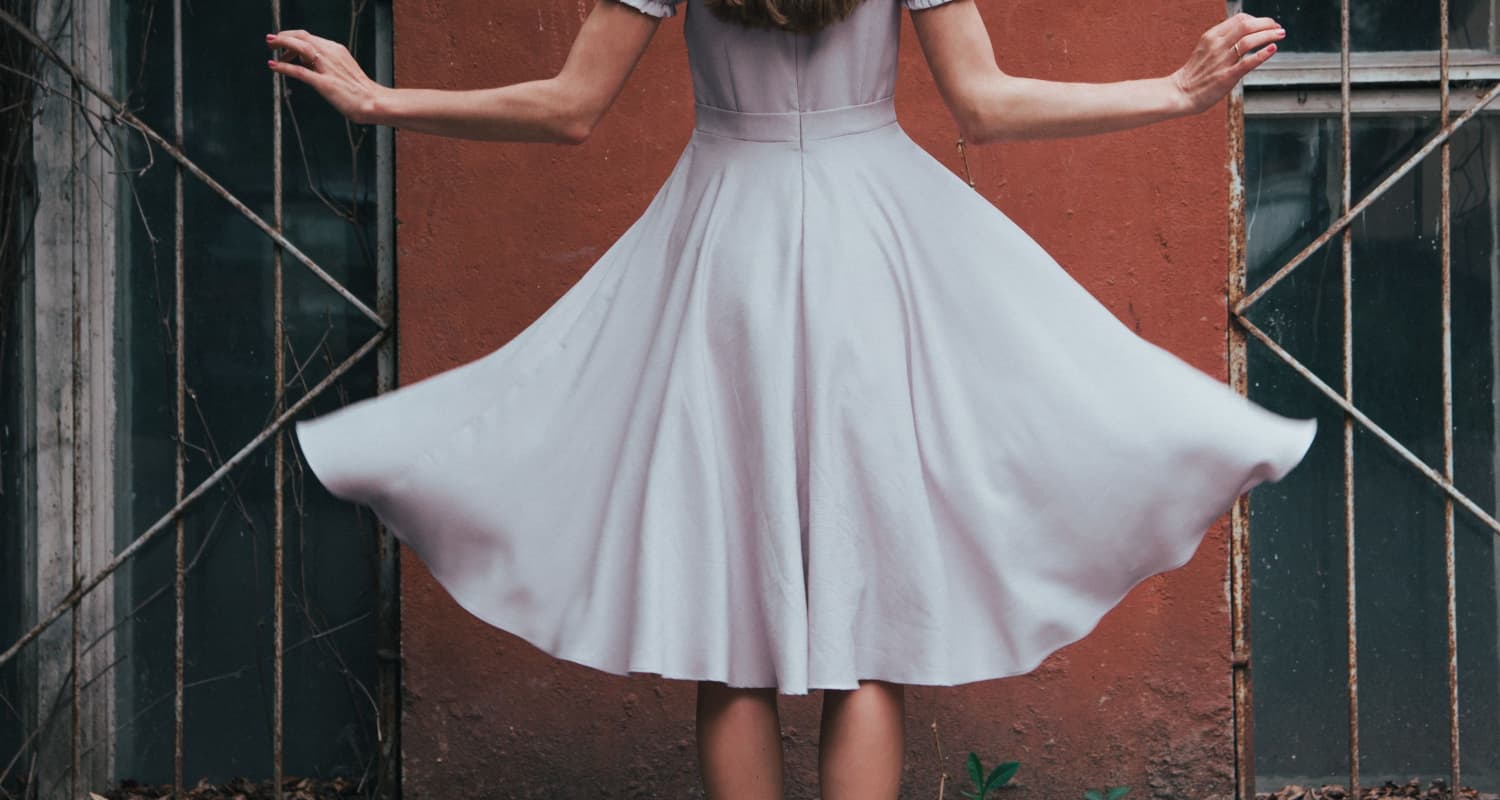 Overlooking grainlines can bring about contorted or misshaped pieces of clothing. To stay away from this misstep:
Overlooking grainlines can bring about contorted or misshaped pieces of clothing. To stay away from this misstep:
- Mark the grainline on your pattern pieces and adjust it to the texture’s grain while cutting.
- Comprehend what the texture’s stretch or predisposition can mean for the article of clothing and change the grainline as needed.
Sitting above Scores and Markings
Scores, markings, and images on your pattern pieces give significant data to development and arrangement.  Disregarding them can prompt disarray during sewing. To keep away from this mix-up:
Disregarding them can prompt disarray during sewing. To keep away from this mix-up:
- Mark indents, darts, creases, and other significant elements on your pattern pieces.
- Utilize various images or varieties to recognize markings for multiple sizes or pattern pieces.
- Move these markings precisely to your texture pieces.
Neglecting to Mark pattern Pieces
Appropriately marking your pattern pieces is pivotal for association and clearness during the sewing system. 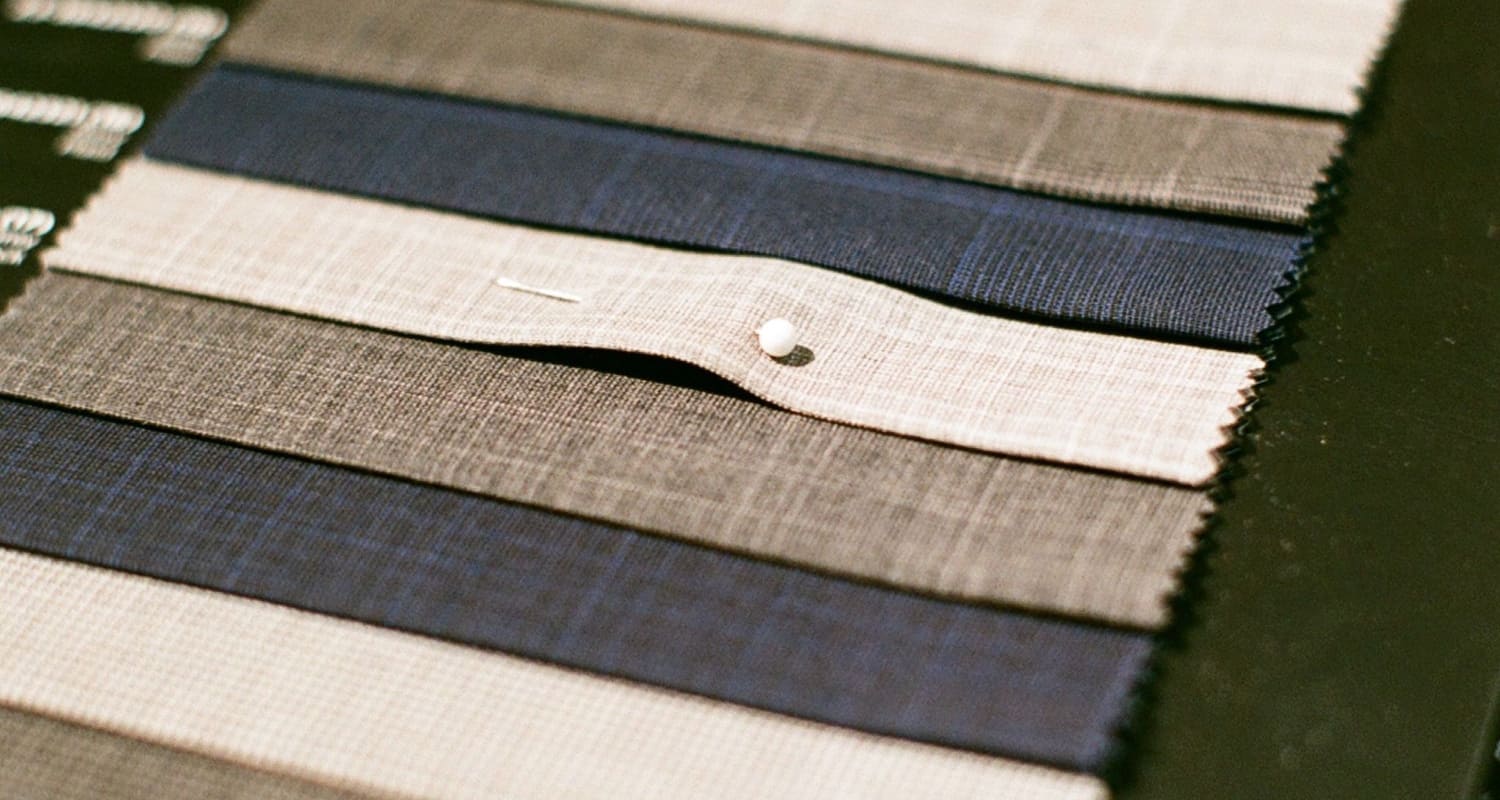 To stay away from this misstep:
To stay away from this misstep:
- Mark each pattern piece with a name or number.
- Making a key or legend is essential to make sense of images or markings.
- Track pattern piece names and their comparing bits of texture.
Tips and Deceives for Precise Patterns
To improve your pattern committing abilities and stay away from standard errors, think about these tips and deceives:
Practice and Learn: Pattern-making is an expertise that improves with training. Explore different avenues regarding fundamental patterns before handling complex plans.
Utilize the Right Apparatuses: Put resources into great-quality estimating tapes, rulers, and drafting instruments. Sharp scissors and revolving cutters are fundamental for clean pattern cutting.
Counsel Assets: Pattern-making books, online instructional exercises, and courses are significant assets for acquiring and refining your abilities.
Keep a pattern Diary: Keep a pattern diary to record each venture’s estimations, changes, and notes. This can act as a perspective for future patterns.
Test Your Patterns: Consistently make a toile/muslin to test your patterns for fit and configuration before cutting into a costly texture.
Twofold Look at Estimations: If all else fails, look at your estimations. It’s smarter to be intensive than to hurry through the estimating system.
Show restraint: Pattern-making requires persistence and scrupulousness. Take as much time as needed to guarantee exactness in each cycle step.
High-level pattern Making Methods
As you become more capable in pattern making, you should investigate progressed procedures that offer more noteworthy flexibility and proficiency. The following are two high-level pattern-making procedures:
Hanging on a Dress Structure
Hanging on a dress structure includes controlling texture straightforwardly on a dressmaker’s life-sized model to make a pattern.  This procedure considers the prompt perception of the article of clothing’s fit and plan. Progressed hanging methods include:
This procedure considers the prompt perception of the article of clothing’s fit and plan. Progressed hanging methods include:
- Complex Hanging: Hanging can also be utilized to make unpredictable plans, like lopsided dresses or articles of clothing with intricate creases and assembles.
- Fit Change: Hanging permits you to make constant fit changes, making it more straightforward to resolve fitting issues as they emerge.
- Imaginative Investigation: Hanging empowers innovative investigation, making it a favored technique for style creators looking for one-of-a-kind plans.
Involving Programming for pattern Drafting
Pattern drafting programming offers a computerized way to deal with pattern creation, giving accuracy and adaptability.  Some famous pattern-making programming programs include:
Some famous pattern-making programming programs include:
- PatternMaster: An easy-to-use program that offers a scope of devices for drafting and changing patterns.
- Wild Ginger: Known for its pattern customization, includes and digitized evaluating choices.
- Adobe Artist: While not only for pattern making, Artist is broadly utilized for making computerized patterns with elevated control.
- AutoCAD: A further developed choice, AutoCAD gives broad drafting capacities and is utilized by proficient pattern creators.
The advantages of utilizing pattern-making programming include:
- Accuracy: Programming guarantees precise estimations and evenness.
- Proficiency: It smoothes out the pattern creation process, making it faster than manual drafting.
FAQs
How to Make a Dress Pattern?
You'll need measurements, pattern paper, and essential tools to make a pattern. Start by sketching the way, then draft the pattern pieces on the Paper, considering elements like darts, seams, and grainlines. Create a toile to test the fit, adjust as needed, and transfer the final pattern to the fabric.
How to Make Your Sewing Patterns?
To create your sewing patterns: Begin with accurate measurements. Draft a basic block, adjust it for fit and style, and transfer it to Paper. Add seam allowances, notches, and markings. Test your pattern with a muslin or toile before cutting the final fabric. Experiment and refine your skills over time.
How to Make a Sewing Pattern from Measurements?
Start by taking precise body measurements, ensuring you note key points like bust, waist, and hips. Use these measurements to draft a basic block on pattern paper, adjusting it to accommodate the desired fit and style. Remember to add seam allowances, notches, and markings.
Making Clothing Patterns accessible or not?
Creating clothing patterns involves several steps. Begin by taking accurate measurements, then draft a fundamental block on pattern paper. Customize the block to match the desired style and fit. Add seam allowances and markings, and create a muslin or toile for fitting.
Conclusion
In conclusion, the query “how to make patterns for sewing” is easy to answer. Mastering the art of making patterns for sewing is a fulfilling journey that empowers individuals to create unique and personalized garments. This ultimate DIY guide has highlighted the fundamental steps and tips necessary to embark on this creative endeavor. From taking accurate measurements and understanding fabric grain to designing custom patterns and refining sewing skills, this process demands patience, precision, and practice. Moreover, each stitch and seam can transform a fabric into a fashion statement. Whether crafting clothing for oneself or others, this skill opens doors to endless possibilities for self-expression and creativity, making sewing patterns a valuable and rewarding craft to embrace.
See Also: Sewing Projects For Adults: Inspiring Ideas For 2023

I am Sammy and I blog at Live it. Love it. Make it. It is creative lifestyle blog run by best friends H and Sammy. Head over and follow our crafty adventures!
